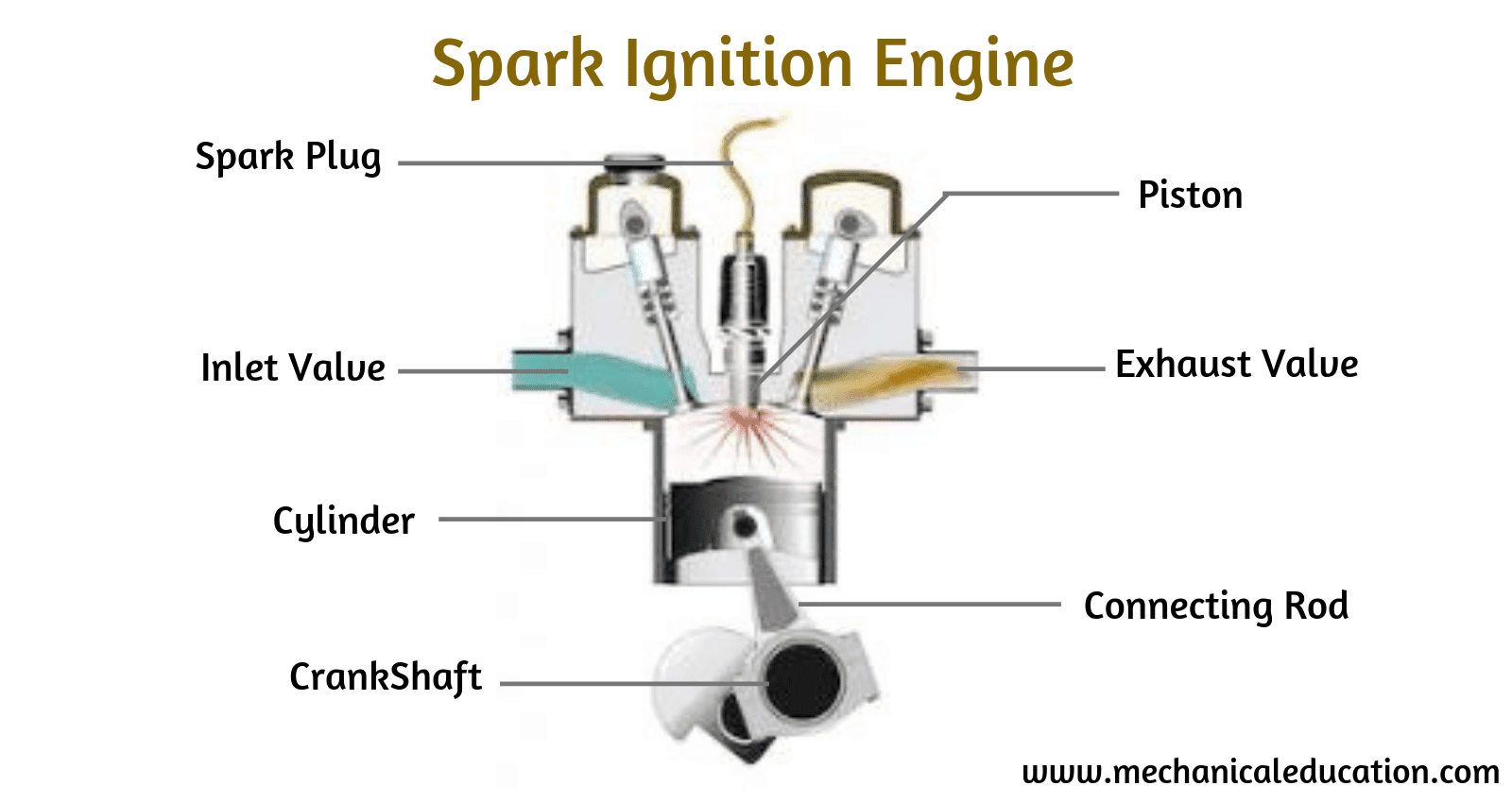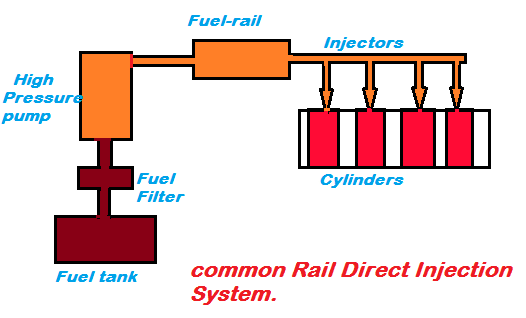When driving in wet conditions, it is important to be aware of the dangers associated with aquaplaning. Aquaplaning occurs when a tire loses contact with the road surface due to a layer of water between the tire and the road. This can cause your car to lose control, and even skid off the road.
To protect yourself from such an incident, here are some tips on how you can avoid aquaplaning.
Check Your Tire Pressure and Tread Depth
Having tires that are properly inflated and have sufficient tread depth is essential for preventing aquaplaning. When tires are underinflated they are more likely to come into contact with standing water on the roads, resulting in aquaplaning. Make sure that your tires have the correct pressure and tread depth before getting behind the wheel; this will help you stay safe on wet roads.
Slow Down
Aquaplaning occurs most often when drivers are travelling at high speeds in heavy rain or standing water on the roads. The best way to reduce your risk of aquaplaning is by reducing your speed when driving in wet conditions – this will give your tires more time to disperse any water they come into contact with, reducing the chance of aquaplaning occurring. It’s also important to bear in mind that if you do start to aquaplane, don’t panic; taking your foot off of the accelerator should help you regain control of your vehicle quickly and safely.
Avoid Standing Water
If possible, try to avoid areas where there is standing water on the roads as this increases your risk of experiencing an aquaplane incident significantly. If you do find yourself in an area with large amounts of standing water, reduce your speed drastically and try not to accelerate too hard if you need to get moving again quickly – otherwise you may end up hydroplaning once again!
Conclusion:
Aquaplaning can be a dangerous occurrence when driving in wet conditions, especially at high speeds. Thankfully, there are steps we can take to reduce our risk of experiencing an aquaplane incident while behind the wheel – from checking our tire pressure and tread depth before leaving home, through to slowing down when necessary and avoiding areas where there is standing water on the roads. By following these precautionary measures we can ensure that we stay safe while driving in wet weather conditions!




